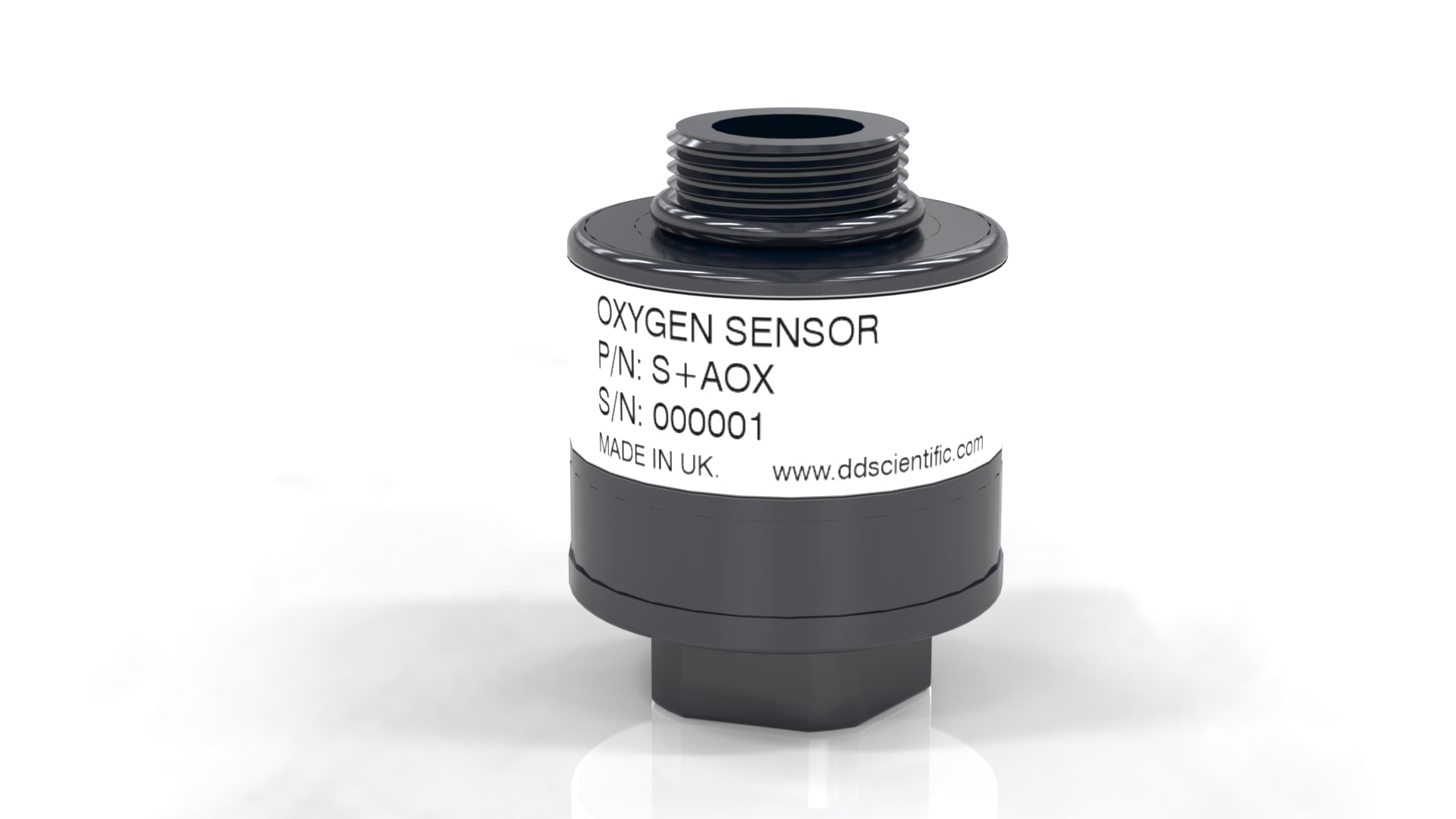Common applications for gas detection / monitoring in the Automotive sector include;
Vehicles emit a number of harmful gases during combustion processes, contributing to air pollution and climate change. Monitoring exhaust gases helps regulate emissions of harmful pollutants, including Nitrogen Dioxide (NO2), Nitric Oxide (NO), Carbon Monoxide (CO) and Volatile Organic Compounds (VOCs), ensuring compliance with environmental regulations and/or emissions standards set by government agencies.
Exhaust emissions contain pollutants that pose health risks to humans and ecosystems. NO2 and NO, for instance, are linked to respiratory diseases, cardiovascular problems, and environmental degradation. Monitoring these and other harmful gases helps assess their concentrations in the atmosphere, identify sources of pollution, and implement measures to mitigate their impact on public health and the environment. Increasly, in-cabin air quality monitoring is an expectation in modern vehicles, allowing automated control and filtering of fresh air ventiation.
Gas monitoring is essential for evaluating the efficiency and performance of vehicle engines. Monitoring Oxygen (O2) levels in exhaust gases, for example, allows for adjusting fuel-air mixture ratios to optimise combustion efficiency, improve fuel economy, and reduce emissions of harmful pollutants.
Gas sensors in vehicles can detect abnormal levels of certain gases, indicating potential malfunctions or failures in engine components such as catalytic converters, oxygen sensors, or fuel injectors. Timely detection and diagnosis of such issues through gas monitoring help prevent costly repairs, ensure vehicle safety, and maintain optimal performance.
Some descriptionSpecific gases associated with thermal runaway ( where a battery cell experiences uncontrolled heating, leading to ignition and fire) can be monitoring to provide early warning. Different types of batteries release various gases during thermal runaway, and monitoring these gases is critical for detecting potential fire hazards. Gases associated with thermal runaway include Hydrogen (H2), CO, VOCs and Sulphur Dioxide (SO2).

Support with Automotive Sensors applications
We work with a broad range of customers in the Automotive Sensors sector and will be glad to discuss your specific needs, be it integration of DDS sensors or outlining the benefits our sensors can bring to your instruments.
We have sensor products specifically developed for the Automotive sector including the S+AOX Oxygen Sensor (partial pressure) which is BAR97 % PTB 18:10 suitable and the GS+4H2 Hydrogen Sensor for the early detection of battery & fuel cell issues
To talk to one of our application specialists get in touch today.














